Yukio Tamura is a foreign academician of Chinese Academy of Engineering and a world renowned expert in wind engineering. Prof. Yukio Tamura, a 76-year-old- scientist, the guest of the “Guests Coming from All over the World” Interviews of Chongqing Profile today, is telling us how he got to be associated with Chongqing through his “wind-chasing” journey.
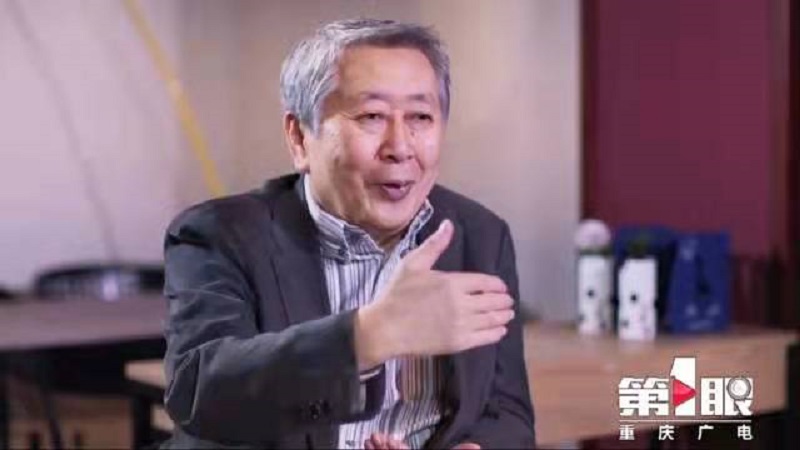
Yukio Tamura is a foreign academician of Chinese Academy of Engineering and a world renowned expert in wind engineering. He served as chairman of the International Associations for Wind Engineering for 2 straight sessions and is currently a professor of structural engineering and disaster prevention and mitigation engineering of the School of Civil Engineering, Chongqing University.
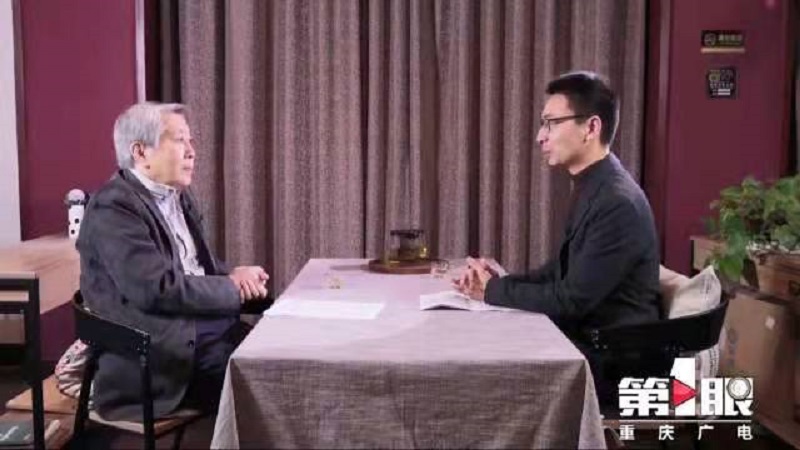
Yukio Tamura, a foreign academician of Chinese Academy of Engineering and a professor of CQU:
Before the outbreak of COVID-19, I would spend 6 months every year in Chongqing. Before I arrived in Chongqing this time, I went through a quarantine period of 3 months in Shanghai. I’ll be quarantined again when I go back to Japan after finishing my lectures. This is costing too much time. But I believe that it is worth the time and efforts because online courses are less effective and precise than face-to-face lecturing.
Lian Xinmin, Chongqing TV Station:
What characteristics do you see in Chinese students when you work with them?
Yukio Tamura, a foreign academician of Chinese Academy of Engineering and a professor of CQU:
The biggest difference between Japanese students and Chinese students is their enthusiasm about research and willingness to be engaged in research. You can see that Chinese students are enthusiastic. In fact, college students in Japan do not like studying very much. However, postgraduates or doctoral candidates are quite the other way because they are professionally engaged in research. In my research institute back in Japan, most of the students are Japanese or Indians, and none of them are Japanese. I feel very sorry for that.
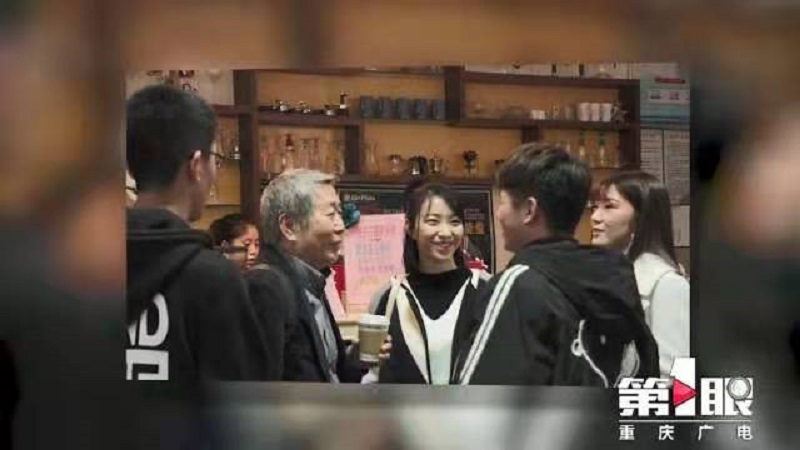
Lian Xinmin, Chongqing TV Station:
In China, when a respected guest visits, the host would say what fortunate breeze has blown you here. But Chongqing is located in Sichuan basin, with high mountains all around, and there are only a few windy days throughout the year. I was wondering, what fortunate breeze has blown you to Chongqing.
Yukio Tamura, a foreign academician of Chinese Academy of Engineering and a professor of CQU:
I came to Chongqing, or China, to continue my research of wind engineering for a number of reasons. In the first place, China suffers the second greatest loss from wind disasters in the world. The USA is at the first place and Japan is at the third place. The three countries suffer the greatest loss from wind disasters. The second reason is that typhoon and other wind disasters are causing the greatest casualties in Asia, and in China. These are two major reasons I am interested in research of wind engineering in Asia, in particular China, and are what behind my decision to come to China. Another reason is that the team of Mr. Yang Qingshan (dean of the School of Civil Engineering of Chongqing University) was planning to carry out a comprehensive research of structural wind engineering, environmental wind engineering and wind resources in Chongqing. I felt it was a good opportunity, so I decided to come to Chongqing.
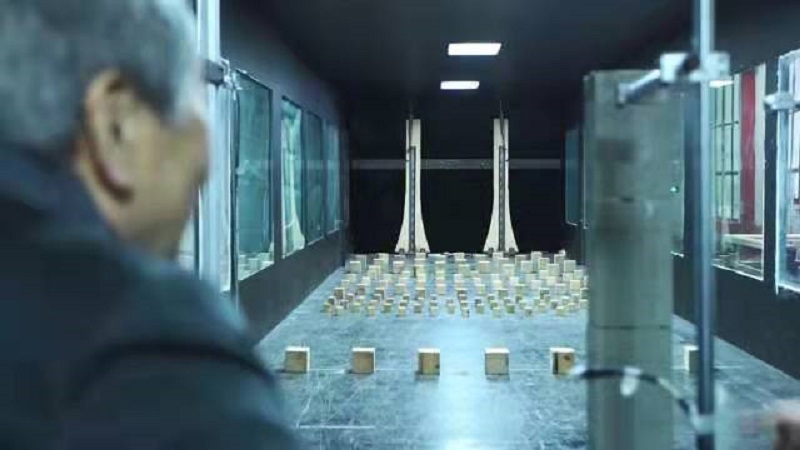
By now, the super wind tunnel laboratory of Chongqing University with an investment of 60 million yuan has not been completed yet. The research of wind engineering of Yukio Tamura in China is mainly carried out in direct flow boundary layer wind tunnel. In this tunnel, wind tunnel test of wind-induced force and vibration response of high-rise buildings, long-span roof structures and bridges can be carried out. Yukio Tamura said that he was looking forward to completion of the super wind tunnel. By that time, their scientific research capacity will be on a higher level.

Yukio Tamura got excited at the mere mention of Chongqing. Chongqing has incomparable natural landscape due to its special landform. The high-rise buildings and river-crossing bridges scattered in picturesque disorder are like a natural experimental field built for scientists engaged in research of engineering structure.
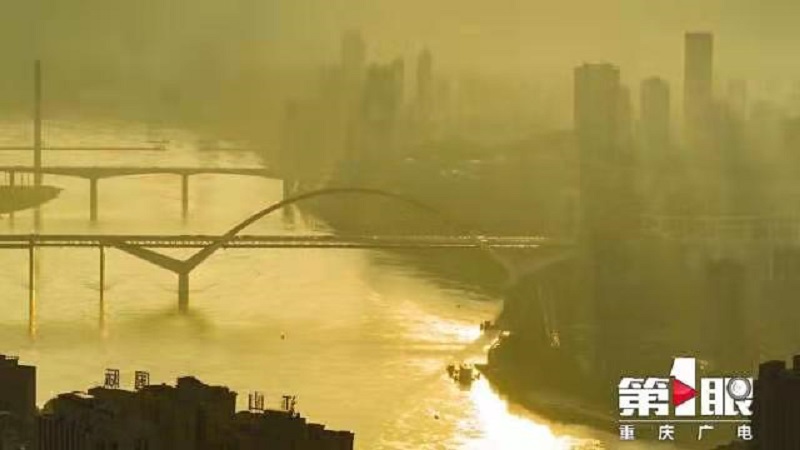
During the interview, the reporter got to know that at the start of the outbreak of COVID-19 in 2020, Yukio Tamura, who was in Japan back then, donated more than 30,000 yuan to hospitals in Wuhan.
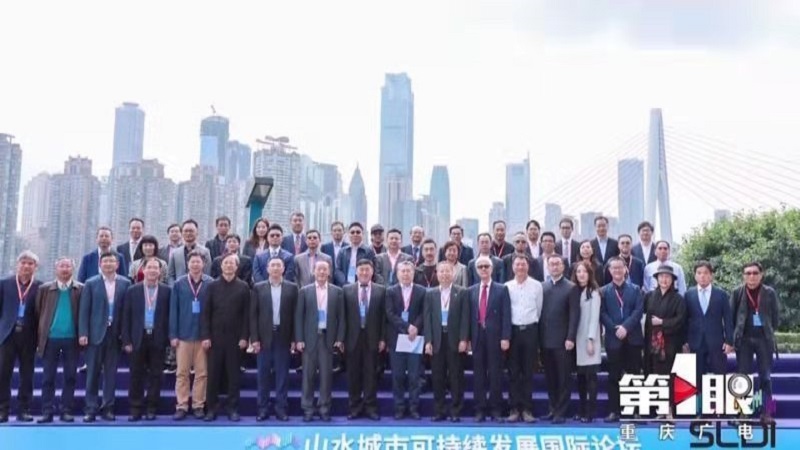
His point is that while scientists might be from different countries but science knows no borders. Yukio Tamura, already at his age of 76, is full of energy and vitality every day. Yukio Tamura hopes that is can always be an enthusiastic “wind-chasing boy” whether he is in Japan, China or anywhere else.
Source: https://www.cbg.cn